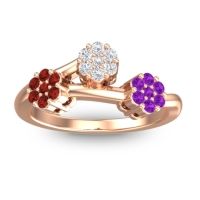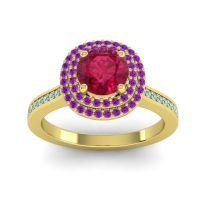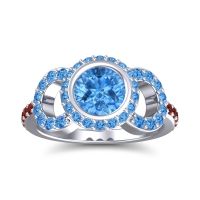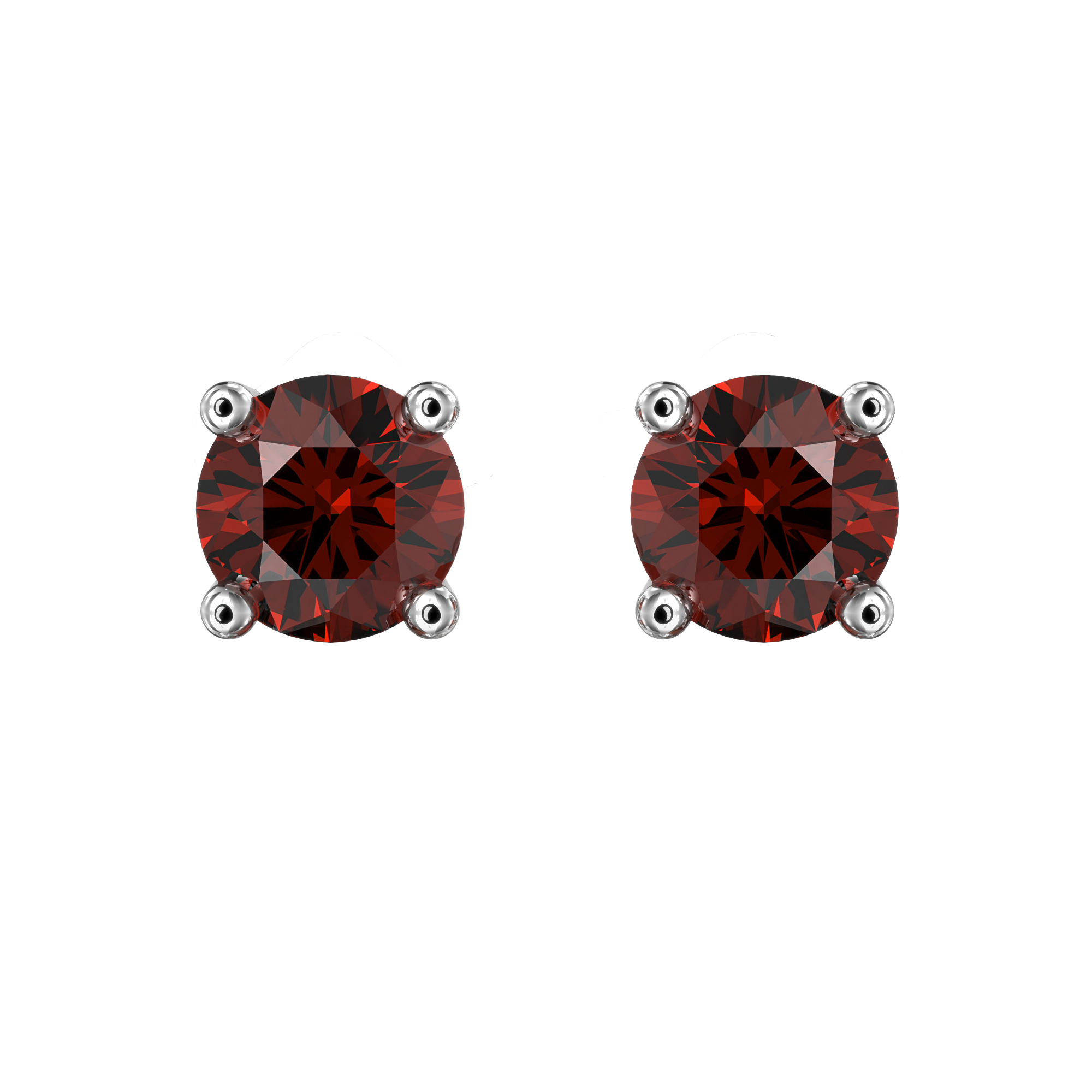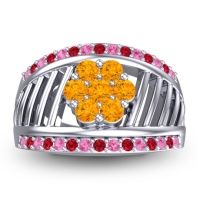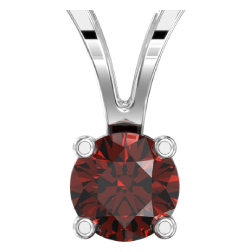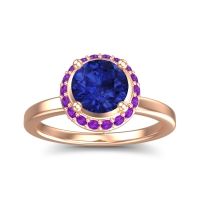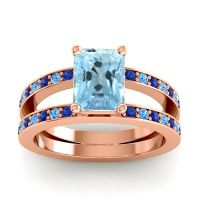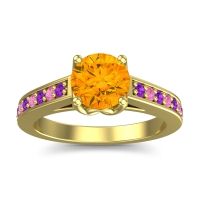Blue Sapphire – Maintenance
Though sapphire ranks at a 9 on the Mohs scale of mineral hardness and has exceptional toughness, it is still a stone that requires proper care. As it is of the top three hardest gemstones, it’s important to know that it can scratch or break other stones of lesser mineral hardness, if stored together. With appropriate care and maintenance, this stone will certainly last for many years to come.
Handling:
It is always recommended that sapphire jewelry be handled and picked up by its band or chain – never by the actual stone itself. This prevents the gem from accumulating any buildup of natural oils and other residue that are often transferred from the hands to the stone.
Exposure and Cleaning:
There are several elements that should not come in contact with sapphire. Household chemicals, chlorine, hand and cosmetic lotions, hair-styling products, and other harsh liquids should be avoided around this gem. Similarly, any drastic changes in temperature or ultrasonic vibrations should also be avoided, as this may affect the stone’s brilliance and shine.
Similar to many other gemstones, sapphire is unfortunately not resilient to oil, dirt, makeup and other residue from everyday use. To keep your stone in mint condition, handle it as little as possible while completing routine tasks, such as applying makeup, spraying hairspray or perfume, doing the dishes, etc. Something to think about is: “Last in, first out.” Additionally, it’s best to perform routine cleaning at home to avoid intensive cleanings later on, which can, over time, remove essential oils that maintain the stone’s clarity. Keep your gem looking brand-new with these simple cleaning steps:
1. Start the process by polishing the ring or stone with a 100% cotton cloth before applying any water, as this will loosen up any caked-on residue or oils.
2. Pour warm water into a bowl or sink – an ample amount that will immerse the stone. As the water pours into the container, mix in a teaspoon of mild liquid soap. If necessary, use a towel or other protective material on the bottom of the sink to prevent any damage to the bowl.
3. For a deep clean, let the gem soak for about 10 to 15 minutes to allow dirt and oils to loosen.
4. Use a soft-bristled brush (a makeup brush, jewelry brush or a soft toothbrush will all work) to gently scrub the surfaces of the sapphire. If there are multiple stones in one piece of jewelry, be sure to clean in each of the crevices and along the prong areas, so as to not miss any parts of the smaller stones.
5. Rinse the stone with lukewarm water. Repeat rinsing if necessary to ensure all soap and residue is removed.
6. With a 100% cotton towel, lightly wipe away any water on the stone. Try to avoid using your fingernails to get in each crevice.
7. Store the gem in a safe, room-temperature place after it has fully dried.
Another recommendation is to visit a certified jeweler a couple times during the year to have your gem thoroughly examined and professionally polished. Have he/she check the stone’s mounting and setting, as well, to make sure that its original placement has not been altered.
Durability and Treatment Considerations:
Fracture-filled sapphire stones have surface-reaching fractures that are filled primarily with high-lead content glass. Through contact with a variety of chemicals, even something as seemingly mild as lemon juice, the filler can be penetrated and can cause the high-lead content glass to become damaged.
The amount of sapphires that are filled with high-lead content glass is generally much less than that of rubies. In some instances, the amount of glass filler in a sapphire stone can be quite extensive. This is definitely something to take into consideration, as sapphires treated in this way require much more care than untreated, heat-treated, or even lattice-diffusion treated sapphire.
Storing
Though sapphire is among the hardness gemstones available, it is important to remember that you must protect it just as you would other pieces of jewelry. If you have any other gemstones that are softer in mineral hardness than sapphire, there is a high chance that your other stones will get scratched if placed in the same container. It is a good idea to store each of your gemstones separately in compartmentalized boxes at room temperature.
Repairing
In general, it is advised that any cracked or impaired gemstone be taken to a professional jeweler for repairs. Although this can sometimes get expensive, it may not be worth the money, as you may cause more damage to tools or other stones if in contact with your sapphire.









































































































































































































































































































































































































































































































































































































































































































































